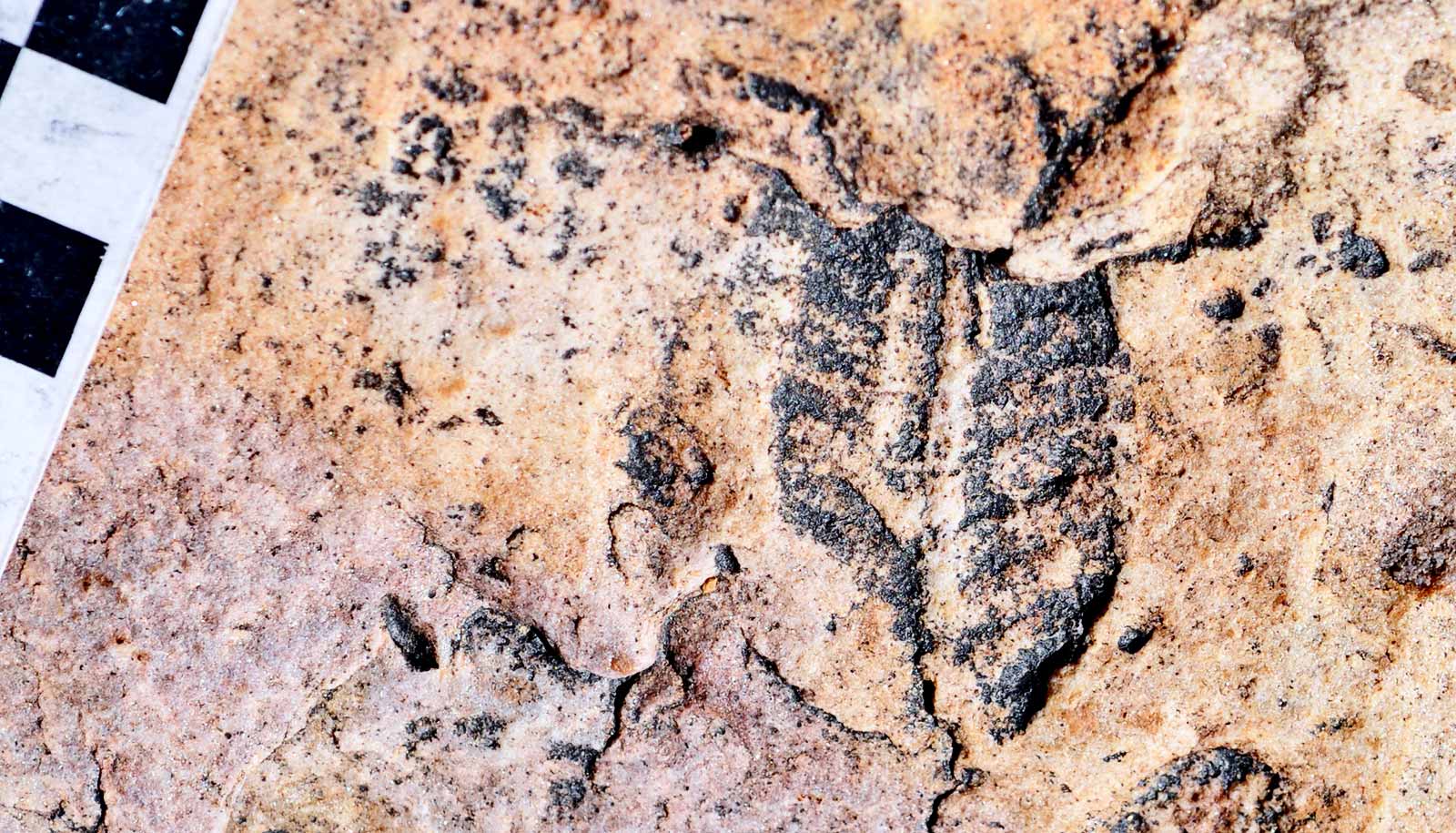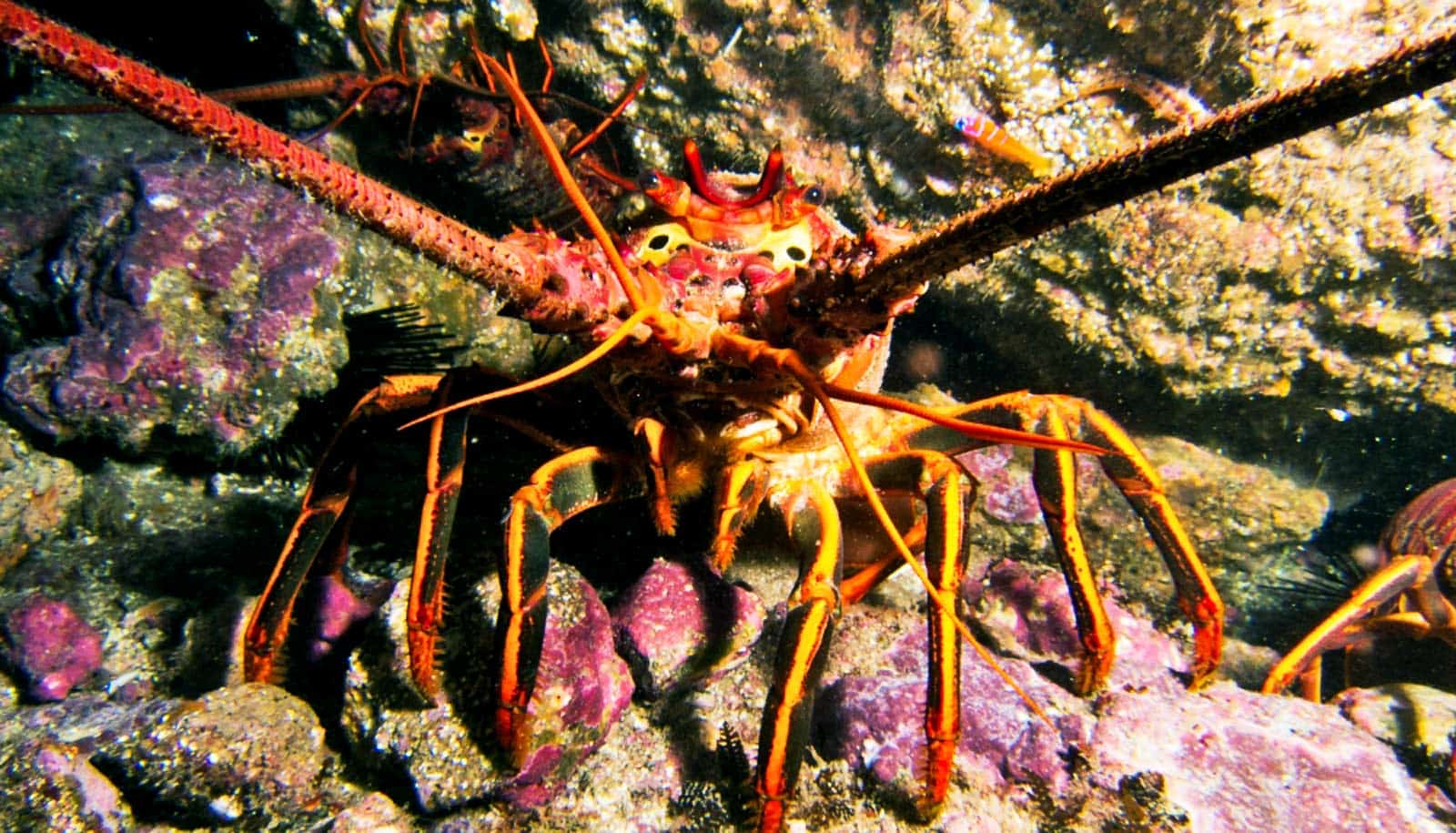Researchers have discovered the world’s oldest “comma” shrimp, a tiny crustacean shaped like its punctuation namesake.
The 90-million-year-old creature fills in a major evolutionary gap for a family of marine animals now found in abundance around the planet, according to the researchers.
The fossilized shrimp, named Eobodotria muisca, comes from Mesozoic rocks in tropical South America. Researchers found exceptionally well-preserved fossils representing more than 500 individuals between 6 and 8 millimeters long, with features that are rarely preserved in fossil crustaceans: mouthparts, the gut, tiny hairs, and small compound eyes.
“We are amazed by how similar Eobodotria muisca is to today’s species,” says Javier Luque, a paleontologist at Yale University and lead author of the paper, published in Proceedings of the Royal Society B.
“There are eight families or main groups of living comma shrimp, and none of them have a confirmed fossil occurrence. This means we had no idea when modern comma shrimp evolved, until now.”
The only previous record of a modern-looking comma shrimp is a 160-million-year-old fossil from Europe, Luque says. Although that shrimp fit within the range of comma shrimp body forms, it couldn’t be linked to any of the main modern families of comma shrimp.
Eobodotria muisca, on the other hand, belongs to the Bodotriidae family of living comma shrimp, Luque says, extending the fossil record of that family of shrimp by nearly 100 million years.
The new species lived during the mid-Cretaceous period, when a long, narrow inland sea covered a large part of what is today the Eastern and Central Andes of Colombia. Luque found the fossils together with fossils of the crab Callichimaera perplexa. Eobodotria muisca is named after the Muisca Native Americans who lived in the Colombian Andes.
The similarity between Eobodotria muisca and its modern relatives suggests that the rates of external anatomical changes over millions of years in this group was low compared to other crustacean groups found in the same location, Luque says. He also notes that the new cache of fossils is the first of its kind in northern South America.
Sarah Gerken of the University of Alaska-Anchorage and Luque say that most of the Eobodotria muisca fossils they found were adult males. Large aggregations of males usually happen in the water column when they are searching for females by means of their large antennae for smelling and their flappy tail appendages for swimming—both features that females lack, the researchers say.
One possible explanation for this unusual accumulation of adult males is that they could have died suddenly in the water column while swarming in search of females, and then sunk down to the soft bottom where they fossilized, the researchers say.
The discovery not only helps paleontologists understand the origin of the comma shrimp’s curved body, it also can be used to help understand the origins of related crustaceans on the evolutionary family tree, they say.
Source: Yale University


